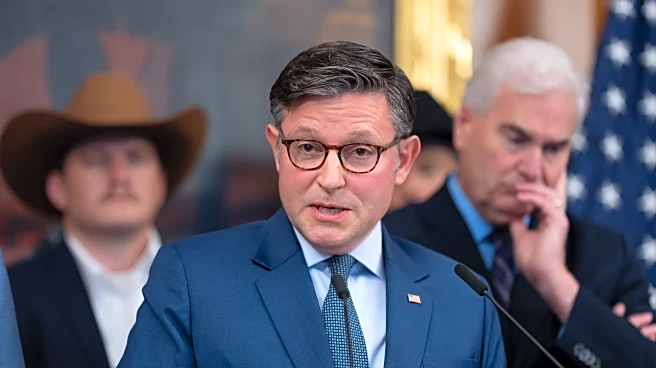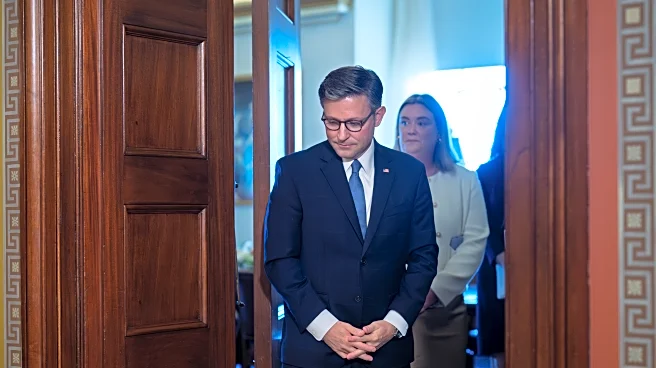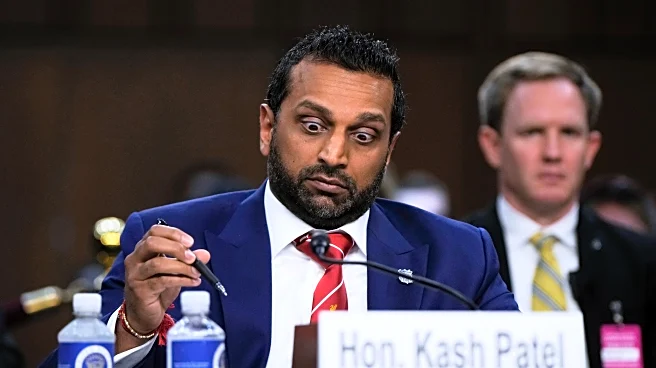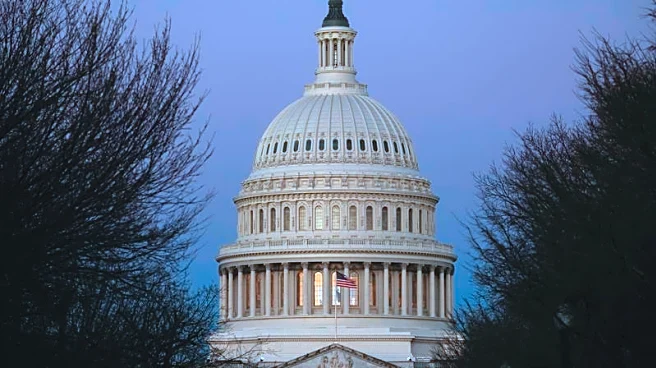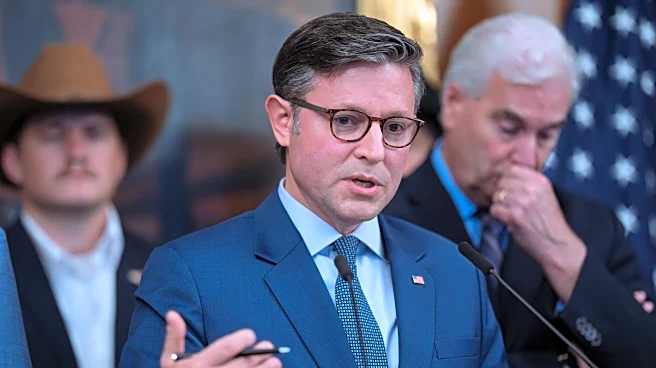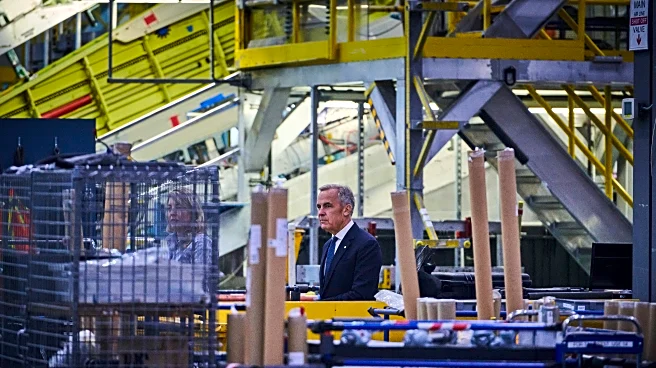What's Happening?
The Senate has introduced the Protect America’s Workforce Act, a companion bill to the House's version, aimed at reversing President Trump's executive orders that terminated collective bargaining agreements with federal unions. These orders, justified by national security concerns, have impacted nearly 1 million federal employees. The Senate bill, supported by the entire Democratic Caucus and Sen. Lisa Murkowski, seeks to nullify these orders, which are considered by some lawmakers as an overreach of the 1978 Civil Service Reform Act. The House bill, introduced in April, is close to a floor vote, with a discharge petition gaining momentum to push the legislation forward.
Why It's Important?
The introduction of this bill is significant as it addresses the rights of federal workers to engage in collective bargaining, a fundamental labor protection. The reversal of Trump's orders could restore these rights to nearly 1 million federal employees, impacting government efficiency and employee retention. The bill's progress reflects broader political dynamics, with bipartisan support indicating potential shifts in labor policy. The outcome could influence federal operations and the balance of power between the executive branch and labor unions.
What's Next?
The House bill is nearing a floor vote, requiring two more signatures on its discharge petition to proceed. Meanwhile, the Senate bill faces challenges as it lacks a discharge petition option, necessitating broader bipartisan support. Federal union leaders remain hopeful for increased backing. Additionally, the fiscal 2026 National Defense Authorization Act includes provisions to exempt Department of Defense civilian employees from Trump's orders, though this is not yet mirrored in the Senate's version.
Beyond the Headlines
The legislative efforts to overturn Trump's orders highlight ongoing tensions between labor rights and national security claims. The situation underscores the legal and ethical debates surrounding executive power and labor protections. Long-term implications may include shifts in federal labor policy and the strengthening of union influence in government operations.

